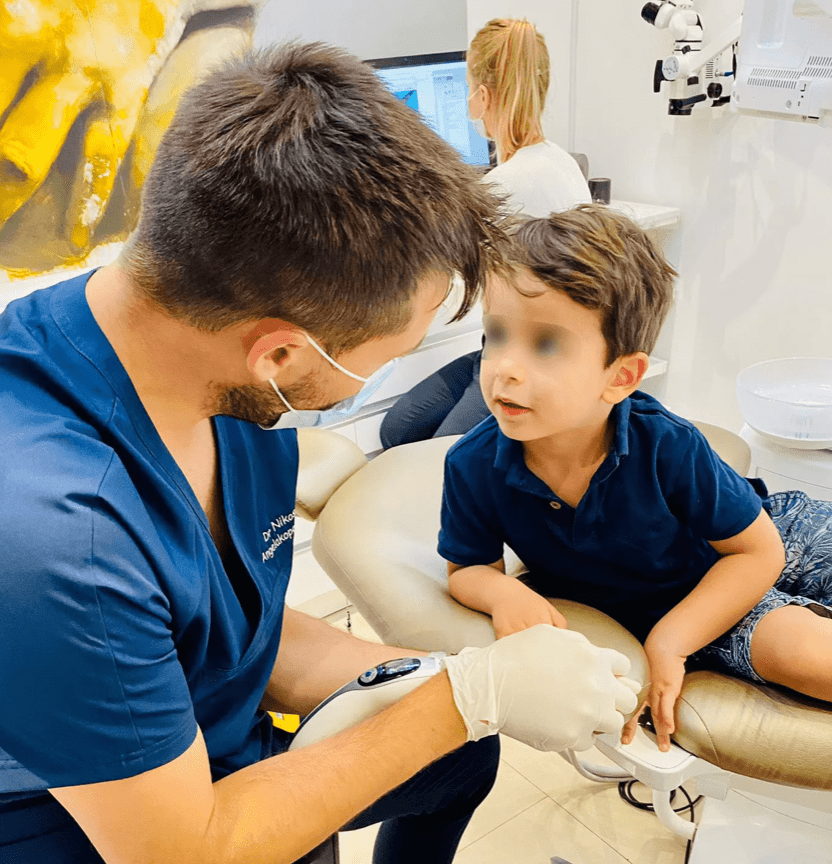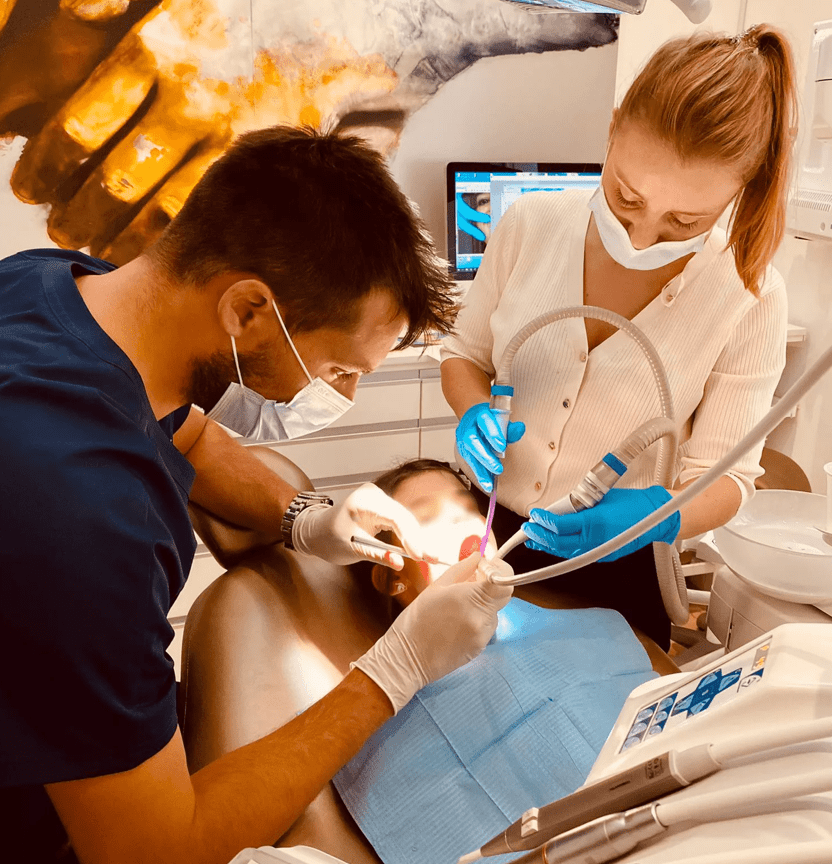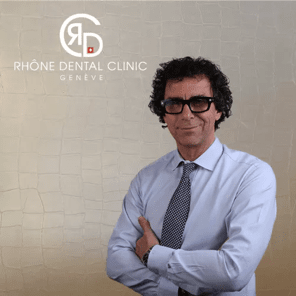Swallowing problems in children

Dear readers, welcome to our article on pediatric dentistry, dedicated to swallowing problems. You’ll find useful information on this common childhood problem, but please note that our article in no way replaces a consultation with one of our dentists in Geneva! We’ll take the time to answer all your questions! If your questions aren’t answered in this article, you can find out more in a consultation at Rhône dental Kids in Geneva, our section specifically dedicated to children!
The correct tongue position refers to the position assumed by the tongue at rest, resting on the palatal arch with the tip behind the upper incisors (palatal point). This position keeps the tongue away from the respiratory tract (nasopharynx) and removes any inappropriate pressure on the teeth.
The tongue’s resting position represents the starting and ending point of each of its functional cycles; if it is abnormal, an abnormal function will generally also develop, whether to the detriment of swallowing or phonation.
Correct positioning of the tongue on the palate also results in a physiological expansion of the palate’s transverse diameter, giving it the correct shape for optimal tooth growth and ideal nasal breathing.
Is your child having trouble swallowing?
In dysfunctional swallowing, muscular contractions occur incorrectly: the teeth are almost never in correct contact, the tongue is placed between the arches, creating an unstable situation, the muscular structures involved are unbalanced and the incoordination makes it difficult to initiate swallowing.
In most cases, the tongue starts from an altered resting position, with a low or forward posture, and from this position, instead of moving upwards and backwards, it moves forwards, pressing its base against the arch of the jaws and the most posterior part of the palate, and the base against the teeth, or between the dental arches. In children, atypical deviant swallowing can be considered physiological during infancy, up to around the age of 4.
Causes of swallowing problems in children
The main causes of atypical swallowing can be artificial breastfeeding, thumb sucking, prolonged pacifier use and onychophagy, as well as anatomical obstacles such as the presence of a lingual traction brake.
During physiological swallowing, with each swallowing act (around 1,500 to 2,000 per day), the tongue exerts a pressure of around 1 kg on the palate, which is shaped by it despite the greater thickness of the bone at this point. In the event of swallowing dysfunction, pressure is exerted on the teeth, as the shaping action of the tongue on the palate and the compensatory forces of lip and cheek contraction are lacking. Muscular imbalances generally result in a tendency for the teeth to converge, often accompanied by an ogival palate and a narrowing of the dental arch.
If the palate is too narrow, timely orthodontic intervention is recommended to restore adequate width, so that incorrect lingual movements can then be rehabilitated. Depending on its position and movement, the tongue can act as a driving force, an inhibiting force or both.
- The tongue acts as an inhibiting force when it interposes itself between the two dental arches, preventing them from coming into contact with each other: anterior or lateral hollowness.
- The tongue acts as a driving force when it pushes on the dental elements, particularly the anterior ones, creating diastemas, cross-joints or dental malocclusions.
Other consequences of incorrect tongue action in swallowing are :
- altered respiratory dynamics, with a shift from nasal to oral breathing, which can be defined as the habit of breathing with the mouth open under conditions of vigilant rest;
- phonation disorders (speech impediments).
As ever, it’s vital to catch the problem at an early stage in order to limit the damage, sometimes even without repercussions and with minimal measures.
Would you like to find out more about swallowing problems in children and arrange a consultation? During the initial examination, we’ll be able to determine the best possible treatment for your children’s dental care needs in Geneva. In addition, we can define the treatment plan, the expected duration of treatment and the approximate cost.
Drop in for a visit, or call us on 022 310 50 77 to arrange a consultation with our dentists for your child!











